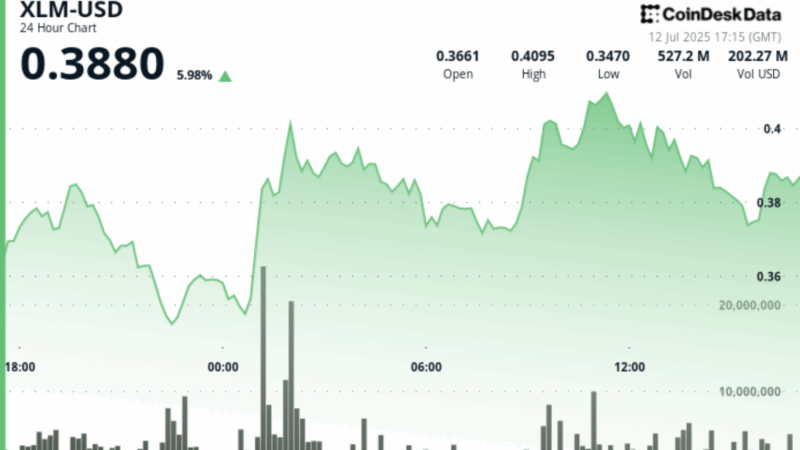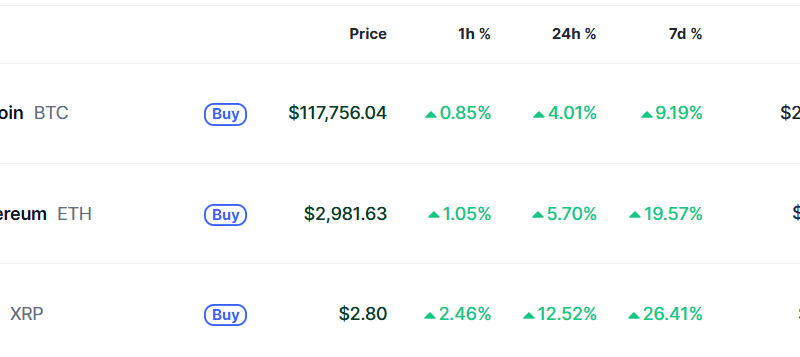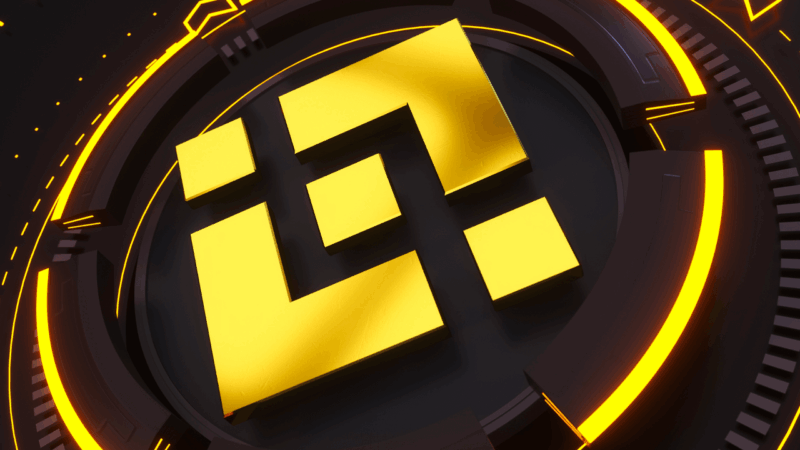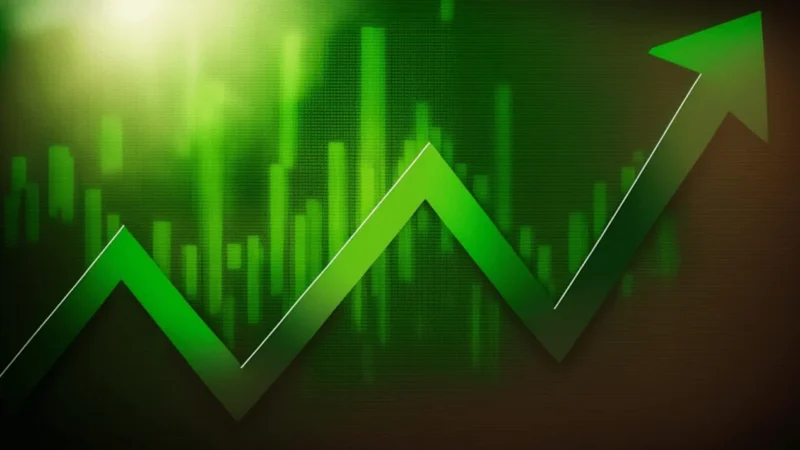Robinhood starts Ethereum and Solana Staking for US users
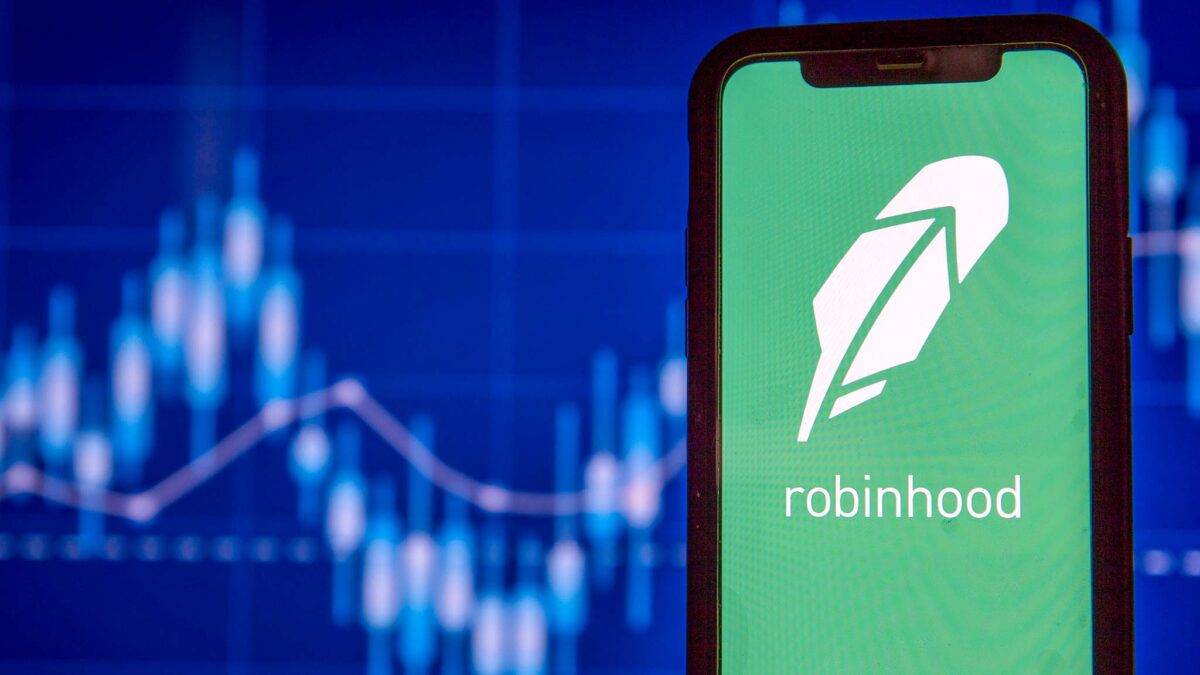
Robinhood has officially introduced Ethereum (ETH) and Solana (Sol) Staking Services for his US customers and thus offers a new way for users to earn rewards for their crypto stands.
The start marks a significant expansion of Robinhood functions crypto functions after the regulatory authorities have created more clarity in the United States.
Users can now use ETH and SOL for protocol -based rewards
The new service enables users to set ETH and SOL directly on the Robinhood platform and to receive rewards that correspond to the protocol rates of the respective blockchain, minus the fees incurred. For Ethereum, Robinhood bundles the contributions of the users into validator groups, so that participation is possible without the normally required minimum of 32 ETH. Depending on the protocol performance and fees, participants can earn between 50% and 100% of the standard etherus use.
The rewards for ETH and SOL inserts are automatically distributed to the users, whereby the yield structures of the individual protocols are taken into account.
Geographical restrictions and fee structure outlined
While the function is available for most US users, it is not available in California, Maryland, New Jersey, New York and Wisconsin due to state-specific regulatory restrictions. In addition, Robinhood Crypto will charge a platform fee of 25% on staking rewards from October 1, 2025. The platform also points out that fees from third -party providers can incur for missions.
Regulatory clarity paves the way for the start
Robinhood's introduction to the staking business takes place after years of hesitation of the supervisory authorities, especially in view of the previous SEC enforcement measures against crypto-staking programs. However, Robinhood has given enough clarity to make the latest legal developments to progress and signal growing trust among the mainstream financial platforms, to expand crypto offers.
The step is in line with the general trends in the crypto industry, where the demand for staking and passive return opportunities continues to increase, especially after the recent all-time high of Bitcoin and the renewed interest of institutions.

